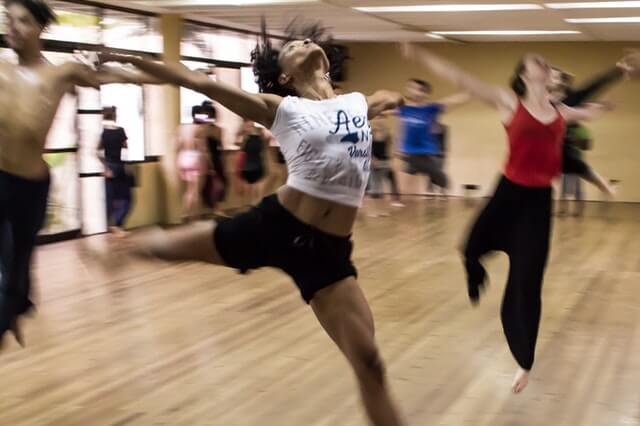For many people, pain is part and parcel of day-to-day existence. The way they experience life, comfort is the exception, not the rule as it should be. But what many of those people don’t realize is that drugs—like those causing the opioid epidemic—and invasive procedures and therapies might not be the right approach to pain relief. That is one of the reasons why I believe so much in the Feldenkrais Method—no adverse effects, no risk of addiction.
This method is part of that group of natural treatments that those in the mainstream—physicians and therapists who support pharma-based treatments—refer to as Complementary and Alternative Medicines (CAM). The whole idea of CAM is obnoxious, as it looks for bodywork and energetic methods to support a drug-based therapy, rather than the other way around. But that subject requires its own blog post. For now, suffice it to say that we think it makes more sense for drugs and surgery to support natural treatments.
In this article I would like to share more about this lesser-known alternative therapy. Named after its founder, Moshe Feldenkrais, it teaches people, through movement, about the function of their body and its relationship to thought. Its movement practices, while helping with tight muscles, muscle imbalances, impingements and pain, are also focused on “refining the use of the self through somatic awareness.” In other words, it is a mind/body practice. For those seeking a holistic approach to pain relief, that’s a good thing.
Here’s what you should know about this complementary method:
Who Benefits from Feldenkrais?
The Feldenkrais Method is the perfect tool for anyone wishing to improve their general awareness, their thought-to-movement relationship, or their range of motion, which is integral in reducing restriction, tightness, and pain. It is specifically good for those who suffer from chronic tight muscles, limited range of motion, osteoarthritis, and for athletes of all kinds.
Indeed, practitioners of this method are fond of saying that “learning to move with less effort makes daily life easier.” More than that, they remind us “we learn to use our hands well enough to eat, our legs well enough to walk. Our abilities to function with a greater range of ease and skill, however, remain to be developed. The Feldenkrais Method teaches—through movement—how we can improve our capabilities to function in our daily lives.”
Two Forms of Learning
The Method is taught in two phases: Awareness through Movement® and Functional Integration®.
Practitioners teach the first, Awareness through Movement, in a class setting. Here, participants perform movement sequences through the verbal instruction from the teacher. Classes generally last from a half hour to an hour and a half. During this time, participants get to explore thinking, sensing, moving, and imagining improved ways of performing functional movements in their daily lives.
The movements start out slow and easy and build over time to more complex series that provide greater release and range of motion. Awareness through Movement aims to “make participants aware of his or her habitual neuromuscular patterns and rigidities and to expand options for new ways of moving while increasing sensitivity and improving efficiency.” In other words, the teachers encourage participants to rethink the way they move to reduce pain and unhealthy patterns.
Since each class is organized around a specific function, participants need several classes to learn the physical movement sequences necessary to rebalance their minds and bodies and reduce pain and restrictions.
The second phase, Functional Integration, is more hands-on. The work that practitioners perform in this phase is similar to that of a massage therapist or stretching coach, minus the rough pressing and rubbing. Practitioners say this phase is a form of “tactile, kinesthetic communication.” During each session, the practitioner uses his or her hands to feel what is happening in the client’s body. Once they can gauge the inefficiencies, they show the client how they organize their body and demonstrate how they can move in more expanded functional motor patterns.
In Functional Integration, the practitioner creates a lesson plan for the client based on his or her specific needs.
It is apparent that the Feldenkrais Method is somatic, energetic, intelligent, and helpful to the bodies and lives of those who choose to take part in it. It is a painless healing method that reconnects people with their natural abilities to move, think, and feel. The gentle lessons can improve one’s overall well-being and make them whole again while sitting at the desk, in the car, engaging in gardening or sports, or playing with their children or grandchildren.
Interested in how Feldenkrais can help with natural pain relief? Contact us today.

